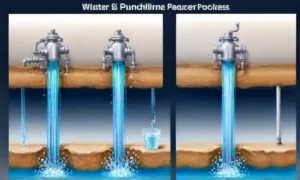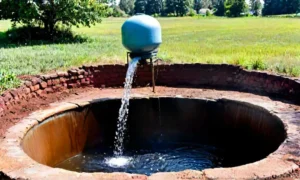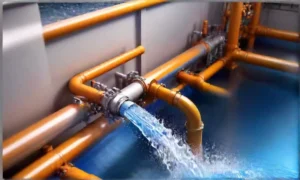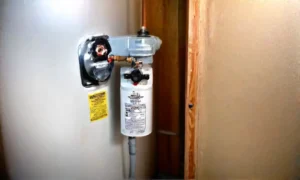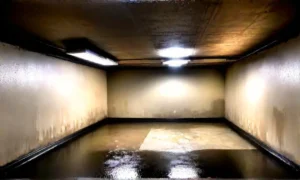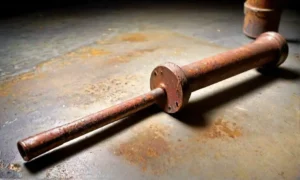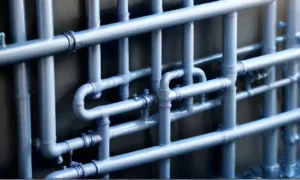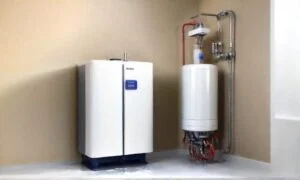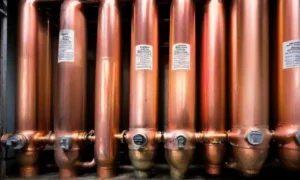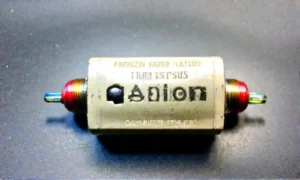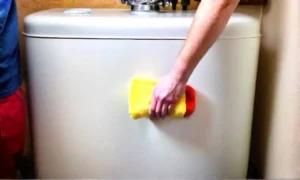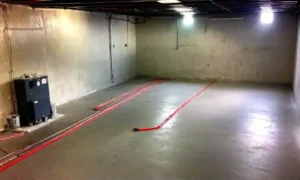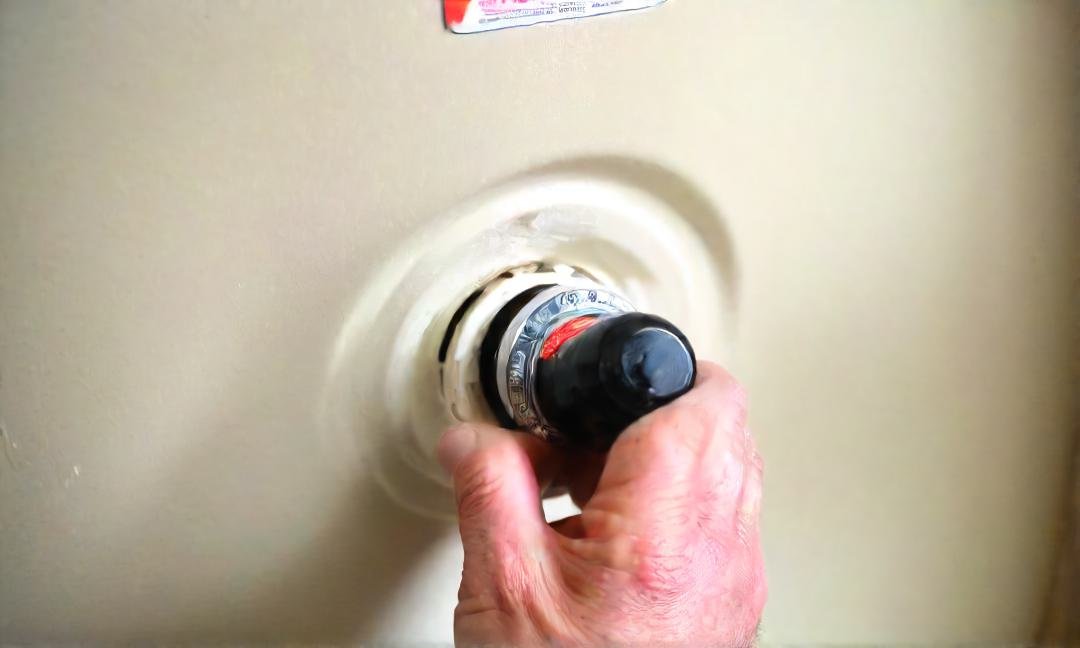
Properly Draining an Electric Hot Water Heater with a Plastic Valve Knob
Importance of Regular Maintenance: Regular maintenance is key to ensuring your electric hot water heater functions efficiently. By draining the heater with the plastic valve knob, you can prevent sediment buildup and prolong its lifespan.
Identifying the Plastic Valve Knob:
- Locating the Valve for Safe and Easy Access: The plastic valve knob is typically located near the bottom of the water heater. It’s crucial to find this valve for smooth drainage without any obstructions.
- Ensuring Proper Tools and Equipment for the Job: Before starting the draining process, make sure you have a hose, a bucket, and any necessary tools to safely and effectively drain the water heater.
Regular maintenance of your electric hot water heater is essential to avoid issues down the line. By apprehending the plastic valve knob and following the proper steps, you can easily maintain your water heater’s optimal performance.
Step-by-Step Guide to Draining Your Electric Hot Water Heater
Turning Off the Power Supply to the Water Heater
First things first, before you begin any draining escapade, ensure the power supply to your water heater is switched off. Safety first, my friend!
Allowing the Water to Cool Down Before Draining
Patience is key here. Let that water cool down to avoid any unexpected steam surprises. Nobody wants a hot water facial!
Attaching a Hose to the Plastic Valve Knob
Time to get your hands dirty! Find a hose that fits snugly onto the plastic valve knob. It’s like finding the perfect puzzle piece.
- Selecting the Right Hose Size for Efficient Drainage
- Securing the Hose to Prevent Leaks
Size matters, especially relating to hoses. Choose one that allows for a smooth and efficient drainage process. No kinks allowed!
Leaky hoses are a big no-no. Make sure that hose is securely attached to the valve knob. We don’t want any waterworks drama!
There you have it, a step-by-step guide to draining your electric hot water heater like a pro. Remember, safety, patience, and a good hose are your best friends in this water-draining adventure. Happy draining!
Safely Draining the Water from Your Electric Hot Water Heater
Slowly Opening the Plastic Valve Knob to Release Pressure
Begin the process by gently turning the plastic valve knob to release any built-up pressure within the water heater. This step is crucial to ensure a smooth and safe draining experience.
Monitoring the Flow of Water and Adjusting as Needed
Keep a close eye on the water flow as you drain the heater. Adjust the rate of drainage as necessary to maintain control and prevent any unexpected issues during the process.
Checking for Sediment Build-Up and Flushing Out Debris
Inspect the water for any signs of sediment build-up, which can affect the efficiency of your water heater. Flushing out debris ensures optimal performance and longevity of your appliance.
- Absorbing the Impact of Sediment on Water Heater Efficiency
Sediment accumulation can lead to decreased efficiency and higher energy consumption. By regularly draining and flushing your water heater, you can prevent these issues and extend its lifespan.
- Tips for Preventing Sediment Build-Up in the Future
Implement preventive measures such as installing a water softener or using a sediment filter to reduce the risk of sediment build-up in your electric hot water heater. Regular maintenance is key to ensuring its smooth operation.
By upholding these steps and tips, you can safely drain the water from your electric hot water heater, maintain its efficiency, and prolong its lifespan. Remember, regular maintenance is the key to a reliable and long-lasting appliance.
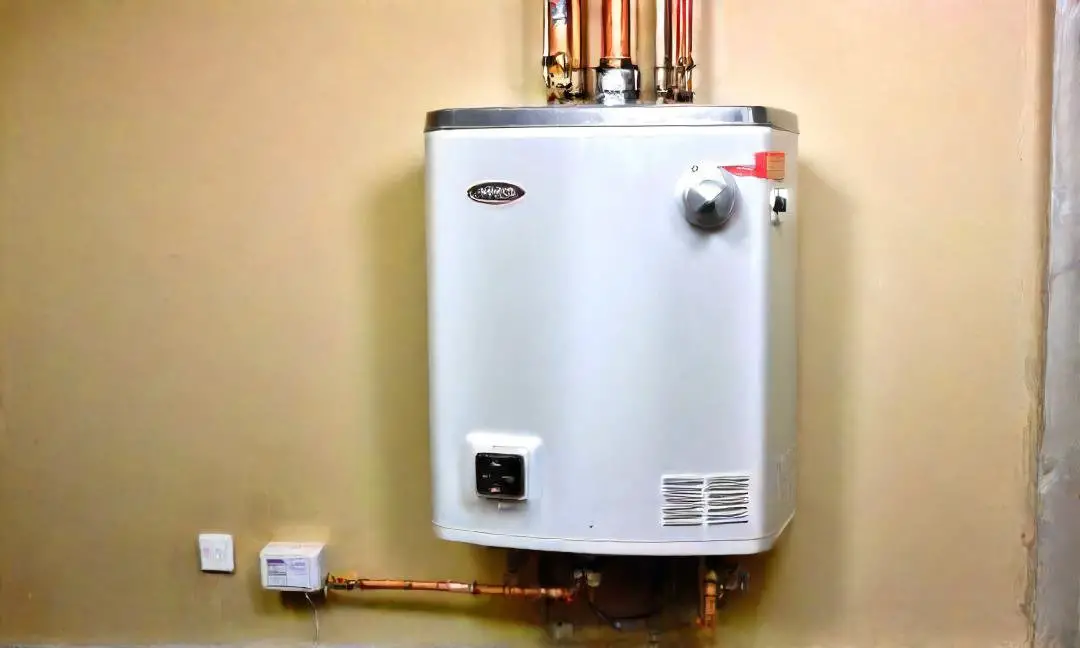
Proper Maintenance After Draining Your Electric Hot Water Heater
Closing the Plastic Valve Knob and Removing the Hose
Commence the post-drainage ritual by firmly closing the plastic valve knob. This action seals the system, preventing any unwanted leaks. Next, delicately remove the hose, ensuring no residual water remains trapped.
Turning the Power Supply Back On and Testing the Heater
With precision, restore the power supply to your electric hot water heater. Listen attentively for the reassuring hum of the heating element kicking back into action. Test the functionality by running the taps, eagerly anticipating the return of warm, soothing water.
Inspecting for Any Leaks or Issues Post-Drainage
Inaugurate on a meticulous inspection mission post-drainage. Scan every inch for leaks or irregularities. Embrace the detective within as you troubleshoot common problems that may arise after the maintenance ritual.
- Listen for any unusual sounds emanating from the depths of your water heater.
- Check for any signs of water pooling or dripping in unexpected places.
Troubleshooting Common Problems After Draining
Unveil your troubleshooting prowess as you navigate into common issues that may surface post-drainage. Armed with knowledge and determination, tackle any challenges that come your way.
Knowing When to Seek Professional Help
Recognize the signs indicating the need for professional intervention. Sometimes, a helping hand from a seasoned expert is the key to resolving complex water heater woes. Know when to step back and let the professionals work their magic.
Benefits of Regularly Draining Your Electric Hot Water Heater
Improving Energy Efficiency and Saving on Utility Bills
Boosting your water heater’s energy efficiency is akin to hitting two birds with one stone – not literally, of course! By regularly draining your electric hot water heater, you’re not only ensuring optimal performance but also slashing those pesky utility bills. It’s like giving your heater a refreshing cleanse, allowing it to work smarter, not harder.
Extending the Lifespan of Your Water Heater
Think of draining your electric hot water heater as giving it a spa day – a little pampering can go a long way! By eliminating sediment buildup through regular draining, you’re essentially adding years to your heater’s lifespan. It’s the equivalent of providing your heater with a rejuvenating treatment, ensuring it stays in top-notch condition for the long haul.
Ensuring Clean and Safe Hot Water for Daily Use
Picture this: You step into the shower, eagerly anticipating a relaxing hot water cascade, only to be greeted by murky water. Regularly draining your electric hot water heater prevents this nightmare scenario. By maintaining clean and sediment-free water, you’re guaranteeing a safe and hygienic hot water supply for all your daily needs. It’s like having a personal water quality assurance specialist right in your home!
Draining an Electric Hot Water Heater with Plastic Valve Knob
In the realm of draining your electric hot water heater with a plastic valve knob, simplicity meets effectiveness. This user-friendly feature allows for hassle-free maintenance, ensuring that you can easily execute the draining process without any technical wizardry. It’s as straightforward as turning the knob and letting gravity do the rest, giving you peace of mind and a smoothly operating water heater.
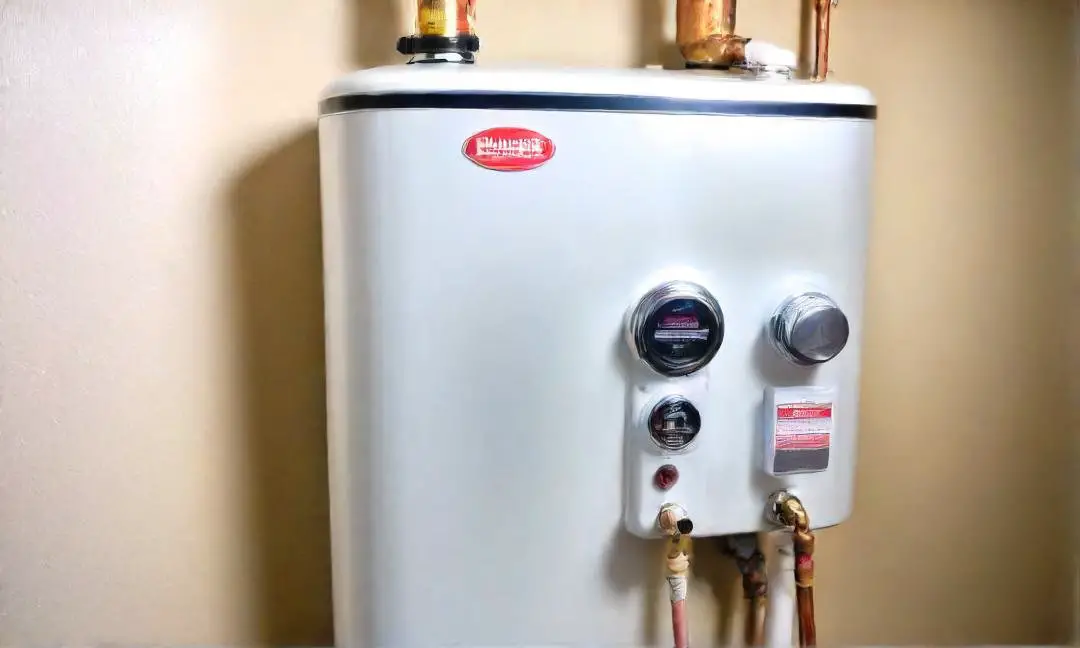
Recap of the Draining Process for Easy Reference
Draining Process Simplified:
Picture this: Your trusty electric hot water heater, faithfully providing warm showers and clean dishes. But, to keep it running smoothly, you must drain it. Don’t fret! It’s simpler than it sounds.
Step-by-Step Guide:
- Locate the plastic valve knob.
- Turn off the power supply to the heater.
- Attach a hose to the valve for water drainage.
- Open the valve carefully to release the water.
- Monitor the draining process until water stops flowing.
Encouraging Regular Maintenance for Optimal Performance
Importance of Maintenance:
Think of your water heater as a loyal companion ?? it needs care to thrive. Regular maintenance is the key to ensuring it operates efficiently and lasts longer. Neglecting it could lead to costly repairs or replacements.
Maintenance Tips:
- Check for leaks or unusual noises regularly.
- Flush the tank to remove sediment buildup.
- Inspect the anode rod for corrosion and replace if necessary.
- Set the temperature to the recommended level for energy efficiency.
Empowering Readers to Take Control of Their Water Heater’s Health
Ownership of Water Heater Health:
Your water heater’s well-being is in your hands. By grasping its needs and taking proactive steps, you can prevent breakdowns and enjoy uninterrupted hot water supply. Empower yourself with knowledge!
Proactive Measures:
- Schedule annual professional maintenance checks.
- Keep an eye on the temperature settings for safety.
- Learn to troubleshoot common issues like inadequate hot water.
- Invest in a water heater blanket for insulation and energy savings.
